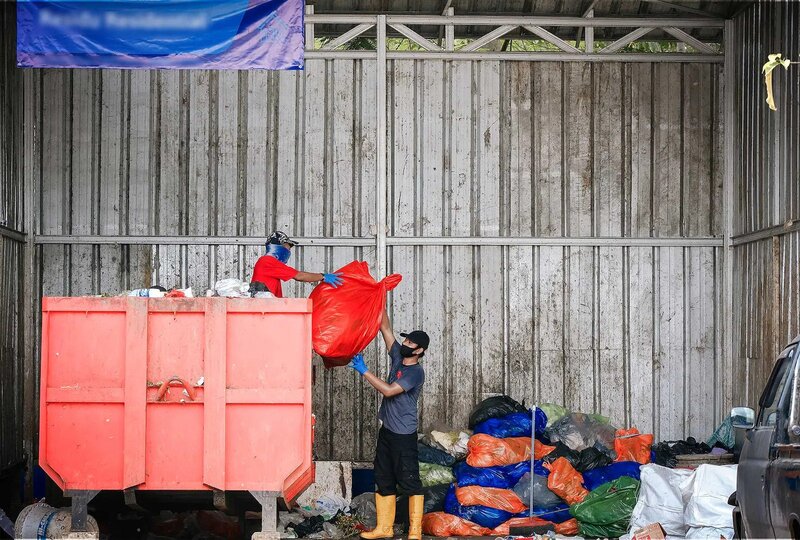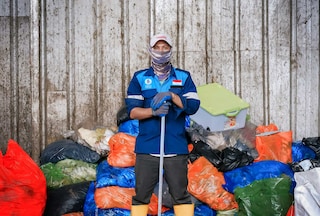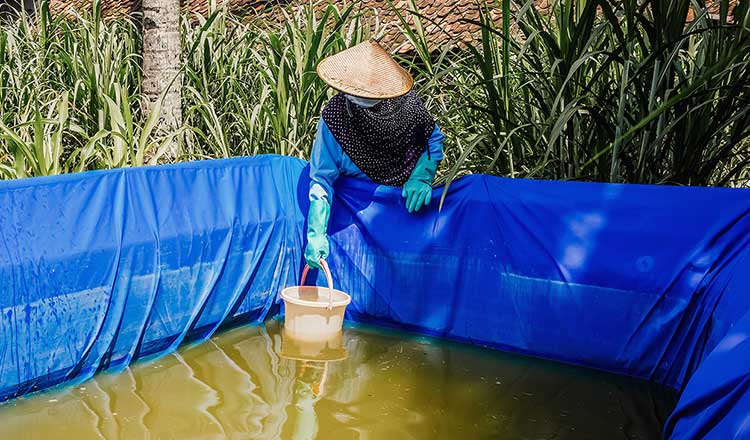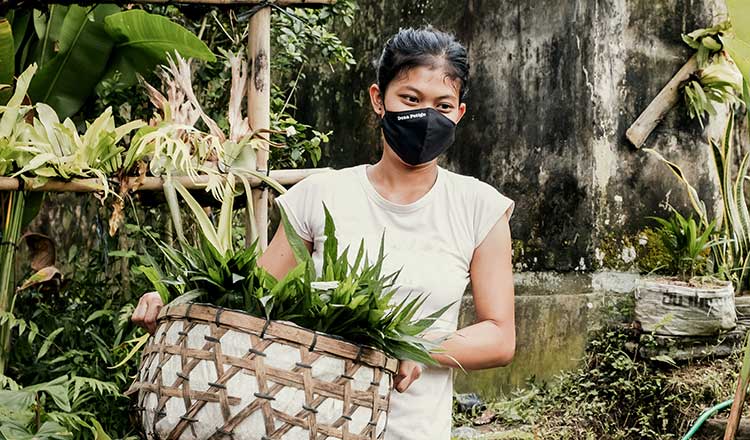We safely dispose of regulated waste wherever we operate around the world and have certified all of our factories to the ISO 14001 environmental management system standard, which includes waste management. Despite the COVID-19 pandemic, we were able to continue with the necessary site audits for the certification either remotely or on-site when it could be done safely. Building a robust management system helped us to move to a global certification valid for all our factories together.
In 2020, we generated a total of 119,750 tons of waste, of which one percent was hazardous. Compared with the previous year, we managed to decrease waste by 8.7 percent. A total of 28 of our 39 factories had less than one percent waste to landfill.
In this chapter
- Open+: Lean manufacturing at PMI
- Next steps

Waste reduction - topic overview
read moreTo accelerate the achievement of our zero waste to landfill by 2022 objective, we launched an ideas contest in all our factories at the beginning of 2020. Run at a local level, employees were educated about this goal in town halls, talks, and webinars, and were prompted to submit ideas that will help eliminate this waste stream. Out of the 73 ideas submitted, a jury selected four winners based on criteria such as impact, reapplication, and innovation. This contest contributed to a tangible reduction in landfill waste, which in 2020 we reduced by 30 percent overall.
We have found employee engagement to be an overall driver in helping us to use less and reuse and recycle materials wherever we can. For example, we have been implementing initiatives to cut down the use of single-use plastic in several affiliates, and our global Operations Center, for several years now. As with many other aspects of our business, the COVID-19 pandemic did leave an impact, as we were forced to increase the portion of single-use plastics again due to health and safety precautions.
Performance highlight
-
85%
Proportion of total waste generated that is recycled
We see many of the improvements made in reducing waste as a direct consequence of implementing lean manufacturing principles at PMI. The core idea behind lean manufacturing is to eliminate waste—or loss—from the manufacturing process. It also includes optimizing the use of resources across all our operations.
Open+: Lean manufacturing at PMI
To identify other opportunities to reduce or reuse our waste, we look beyond compliance and objectives. Making use of such opportunities is key to successful waste reduction. We therefore seek out partnerships with other industries and research institutions. Currently, we have several ongoing collaborations at various stages, for example with actors in the cement industry in Turkey and Italy.
Our approach to materials, packaging, waste management, and electronic product stewardship increasingly aligns with the concept of the circular economy. We are exploring ways to minimize waste early on at the design stage of our products. We also work closely with our suppliers. Through collaboration, we aim to minimize the amount of materials entering our factories in the first place. Read more about our efforts to promote eco-design and circularity in our smoke-free products.
Using waste for energy production through innovative technologies is another stream we are exploring. Throughout 2020, we prepared a pilot project to substantially reduce operational waste in our factory in Switzerland. Through a process called pyrolysis, all biogenic waste like cardboard, paper, and tobacco will be heat-treated to produce energy. The resulting gas can then replace the natural gas used in the on-site boilers to produce steam and hot water. While we had initially planned to fully operate this process by the end of the year, we will now start in the first quarter of 2021 after a slight delay.
Next steps
We continue to manage waste in line with regulations and our own standards and plans.
We plan to continue focusing our efforts on reducing waste overall and reducing waste to landfill, optimizing our process, and sustaining awareness about waste segregation.
We will also foster idea generation and sharing toward our platforms and specialists’ network.
Furthermore, we expect to implement new technologies such as pyrolysis on other sites to generate fuel out of our waste.
We will further explore new technologies to minimize waste generation and continue industry partnerships on waste reduction and recycling.

Performance metrics
view dataThis online content about our Integrated Report should be read in conjunction with PMI’s 2020 Integrated Report. The information and data presented here cover the 2020 calendar year or reflect status at December 31, 2020, worldwide, unless otherwise indicated. Where not specified, data come from PMI estimates. Please also refer to 'About this report' on page 3 of the 2020 Integrated Report for more information. Aspirational targets and goals do not constitute financial projections, and achievement of future results is subject to risks, uncertainties and inaccurate assumptions, as outlined in our forward-looking and cautionary statements on page 145. In the 2020 Integrated Report and in related communications, the terms “materiality,” “material,” and similar terms, when used in the context of economic, environmental, and social topics, are defined in the referenced sustainability standards and are not meant to correspond to the concept of materiality under the U.S. securities laws and/or disclosures required by the U.S. Securities and Exchange Commission.




